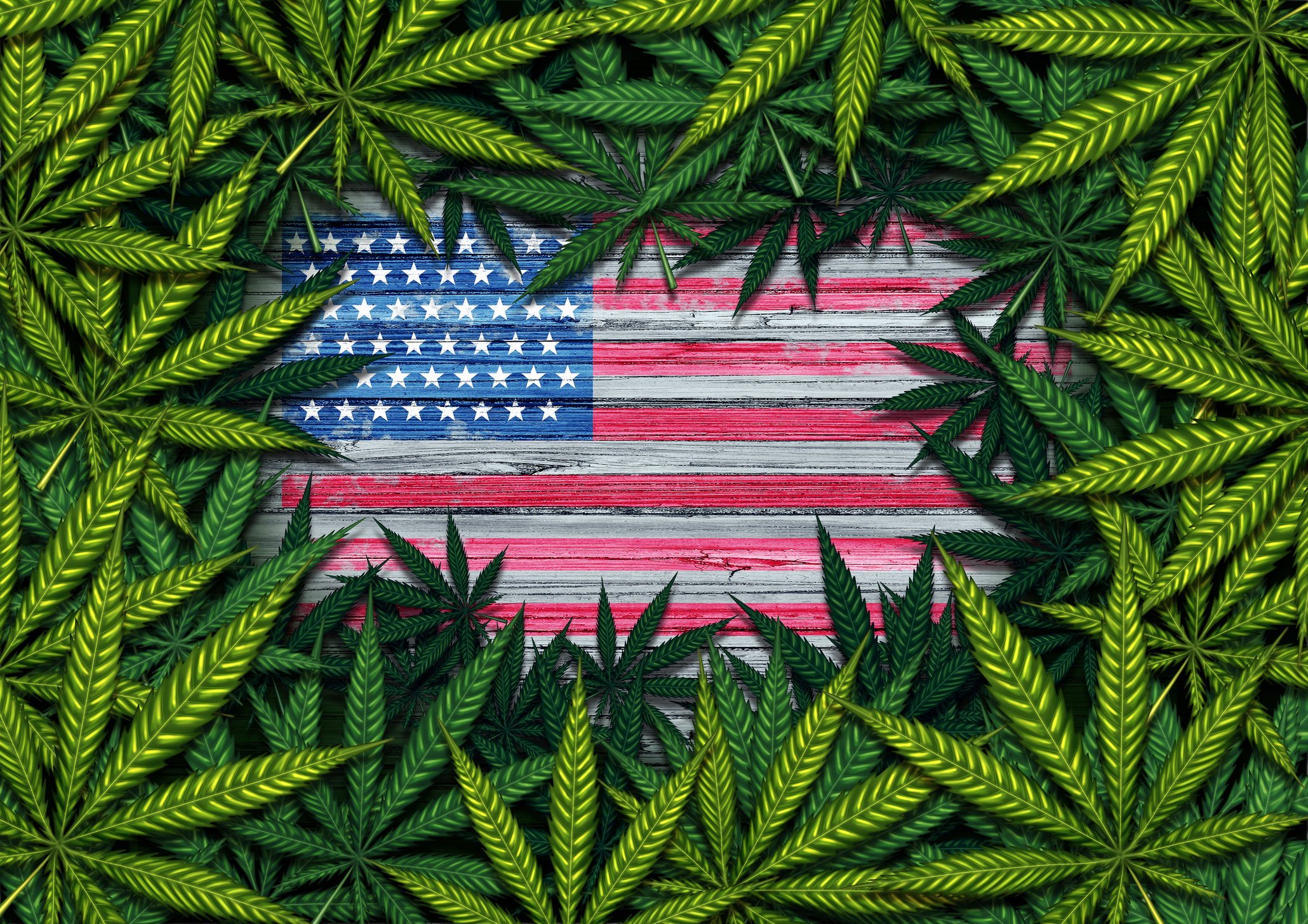For years, cannabis stocks were virtually unstoppable. Following a more-than-tripling in worldwide sales between 2014 and 2018 to $10.9 billion, Wall Street and investors sent pot stock valuations into the stratosphere.
At the center of this growth trend was Canada. Even though the U.S. offered far more potential in dollar terms, Canada, as the first industrialized country to legalize adult-use sales, appeared ready to lead the global marijuana market into its next chapter.
Unfortunately, this hasn't proved to be the case, with Canada completely blowing its chance to be a dominant cannabis player. Here's what went wrong.

Image source: Getty Images.
Regulations stifled Canada's cannabis rollout
Obviously, the passage of the Cannabis Act in 2018 meant that there would need to be rules put in place to effectively govern a legalized marijuana market. Since no industrialized country had legalized recreational pot in the modern era, Canada was presumably setting the blueprint for the rest of the world to follow. The problem was that regulation hindered, rather than helped, the rollout of cannabis products.
For example, Health Canada was responsible for a double whammy. First, it struggled to approve cultivation and sales-license applications in a timely manner, which adversely impacted the ability of licensed producers to bring product to market. In fact, Aphria wound up waiting more than 18 months for the approval of its cultivation license at the Aphria Diamond facility.
Second, Health Canada slow-stepped the rollout of high-margin derivatives, which includes edibles, infused beverages, vapes, concentrates, and topicals. Since dried cannabis is an easily oversupplied and commoditized product, licensed producers were counting on derivatives to push them into profitability. However, Health Canada pushed back the long-expected October 2019 rollout until mid-December 2019.
But it's not just Health Canada that completely bungled the rollout of recreational weed and derivatives. Provincial regulators deserve their share of the blame. For instance, Ontario's regulators had a lottery system in place to award dispensary licenses until the end of 2019. At the one-year mark of legalization (Oct. 17, 2019), just 24 retail locations were open, with this figure increasing to only 52 by mid-March 2020. Ontario is home to nearly 40% of Canada's population, and it could easily house 1,000 dispensaries. Ontario's inability to set up a retail network has led to substantive supply bottlenecks for licensed producers.

Image source: Getty Images.
Canadian licensed producers were far too overzealous
The other major issue here is that Canadian licensed producers were apparently blind to the possibility of risk and got far too overzealous with regard to capacity expansion and acquisitions.
Even though it remains the most popular pot stock, Aurora Cannabis (ACB 0.47%) is the perfect example of a company that didn't pay any heed to the risks involved with operating in the marijuana industry. Between August 2016 and mid-2019, Aurora made more than a dozen acquisitions, financing pretty much all of these deals with its common stock. This is a big reason why its share count ballooned from 16 million to more than 1.3 billion, prior to a recently enacted 1 for 12 reverse split.
At the midpoint of 2019, Aurora Cannabis was on track to produce more than 650,000 kilos of weed at its annual peak, and it had a presence in two dozen countries outside of Canada. But even among the most aggressive growth models, Canadians were never expected to consume more than 800,000 kilos to 1 million kilos a year. With behemoths like Aurora expanding their capacity at a breakneck pace, Canadian licensed producers were, at one time, on track for perhaps 3 million to 4 million kilos in peak output -- i.e., four to five times what a mature Canadian market could handle.
The thing is, the regulatory issues described above have Canadian demand likely around 180,000 kilos to 200,000 kilos a year at the moment. That's meant skyrocketing inventory levels for licensed producers and the need to shutter production facilities.
Canopy Growth (CGC +1.63%), Aurora's biggest production rival, announced that it would be permanently closing its Aldergrove and Delta indoor greenhouses and wouldn't bring its Niagara on the Lake facility online later this year. For Canopy Growth, we're talking about a capacity reduction of as much as 45% (more than 3 million square feet of licensed space).
Licensed producers like Aurora and Canopy grossly overestimated their capacity needs, and now it's costing them big time as they scramble to cut costs.

Image source: Getty Images.
Exogenous factors played a role, too
It's worth noting that Canada's cannabis face-plant isn't 100% its fault. It did have some help from two exogenous factors that were beyond its control.
First, there's the coronavirus disease 2019 (COVID-19) pandemic. Although the pandemic led to a presumed short-term increase in pot sales in March, with consumers stocking up on supplies prior to stay-at-home orders being issued, it's been somewhat of a detriment to the industry as a whole. As an example, it's my view that average ticket size has been negatively impacted by COVID-19. Since consumers can't peruse case lines inside pot shops, they're less likely to buy newer, high-margin derivatives.
To build on this point, the coronavirus also disrupted overseas supply chains. The vast majority of vape pens are manufactured in China, which is where COVID-19 first made its appearance late last year. These supply concerns hit just as Canada was launching derivatives and vape products in mid-December.
The second problem here is that overseas markets where medical marijuana is legal have struggled to lay the groundwork regarding everything from imports to even what forms of consumption will be legal. Canadian licensed producers like Aurora and Canopy were counting on these overseas markets as a safety net to dump excess supply if domestic markets floundered. Unfortunately, these international markets have offered virtually nothing in the way of sales thus far.
Eventually, Canada is going to resolve its regulatory and supply-side issues. But its opportunity to be a cannabis leader has come and gone.







